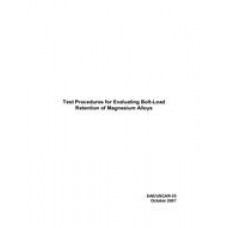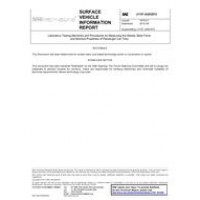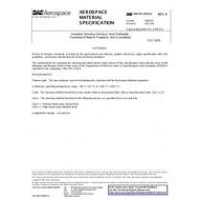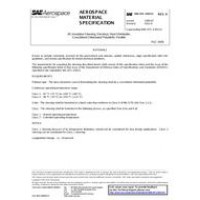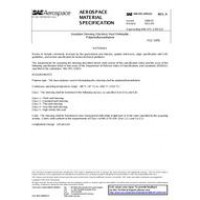1.1 A bolt-load retention (BLR) test is a practical test to determine the bolt load of a fastener joint with time and at given temperatures. There are three types of BLR tests described in this standard, namely general-purpose test, design-purpose test, and screening material test. A general-purpose BLR test may be used for screening materials, while a design-purpose BLR test is usually used to verify the BLR behavior of a specific joint. The screening material test is an example of the general-purpose test for typical automotive applications. 1.2 The test procedures provides guidance in the following areas: (a) BLR sample and test fixture, (b) test fastener, washer and nut, (c) bolt-load measurement and data acquisition, (d) heating device, (e) initial loading, (f) baseline test, and (g) instrumentation of strain gages and calibration (see Appendix B). A design-purpose test procedure differs from a general-purpose test procedure mainly in the areas dealing with sample and fixture, test washer and nut, and initial loading. 1.3 This standard is intended to evaluate and/or validate BLR of magnesium alloys, especially cast magnesium alloys, for automotive applications. It is implied that the test samples mentioned in this standard are to be produced from casting processes but are not restricted to castings and magnesium alloys. This standard is intended to evaluate BLR behavior during long-duration BLR tests. The effect of thermal cycling without holding the samples at high temperatures for a long period of time is discussed in Appendix C.
 PDF
PDF
All of our standards document are available in PDF (Portable Document Format), an electronic, downloadable format.You will be able to download the file in your account downloads.
 Multi-User Access
Multi-User Access
After purchasing, you have the ability to assign each license to a specific user.
 Printable
Printable
At any time, you are permitted to make printed copies for your and your members' reference use.
 PDF
PDF
 Multi-User Access
Multi-User Access
 Printable
Printable

